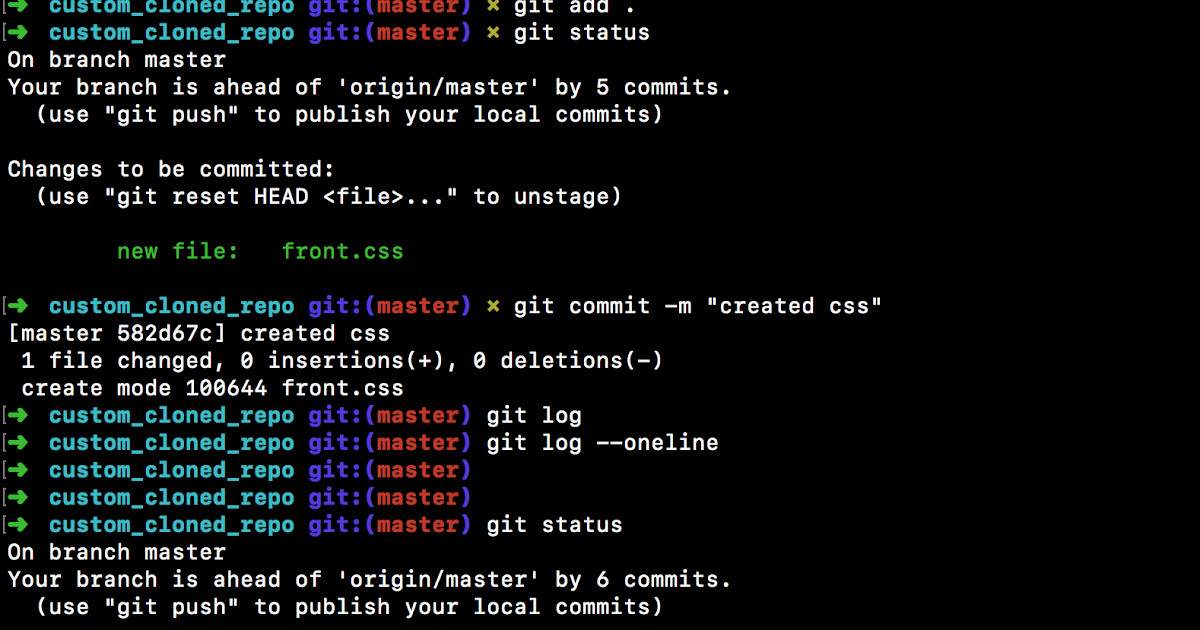
Prior to the release of 2020.3, IntelliJ IDEA Changelists were the only way to commit changes to your Git repository. Let's start with IntelliJ IDEA Changelists. You can switch between them, but not use them simultaneously. You can then access this with ⌘0 on macOS, or Alt+ 0 on Windows and Linux.įinally, before we get started with the comparison, you can't use IntelliJ IDEA Changelists and the Git staging area at the same time.

You can also use ⌘⇧A (macOS), or Ctrl+ Shift+ A (Windows/Linux) for Find Actions and type in Commit. From there type in commit and select the 'Use non-model commit interface' checkbox.

From IntelliJ IDEA 2020.1 you can switch to use this non-modal commit window with ⌘, on macOS, or Ctrl+ Alt+ S to display the Preferences/Settings. Git staging uses the git-native notion of a staging area (also known as 'index').īoth IntelliJ IDEA Changelists and Git staging are accessible from the Commit tool window. All changes in that range will form part of the commit. IntelliJ IDEA Changelists work on the notion of a range in your content. How they achieve that is slightly different, but the end result is the same. There is no right or wrong answer, it's a case of choosing the method that works best for you, or that you're most familiar with.īefore we get started, it's important to know that both IntelliJ IDEA Changelists and Git staging allow you to commit part of a file, a whole file or multiple files to Git. This blog will take you through both approaches and highlight the differences. The first one is through existing functionality with IntelliJ IDEA changelists, the second is through support for Git staging. Since the release of IntelliJ IDEA 2020.3, there are now two ways to manage your commits to Git.
#PHPSTORM GIT UNDO COMMIT SOFTWARE#
She has over 20 years’ experience in the software industry which has been gained in a variety of roles including developer, technical.

Helen is a Java Developer Advocate at JetBrains.


 0 kommentar(er)
0 kommentar(er)
